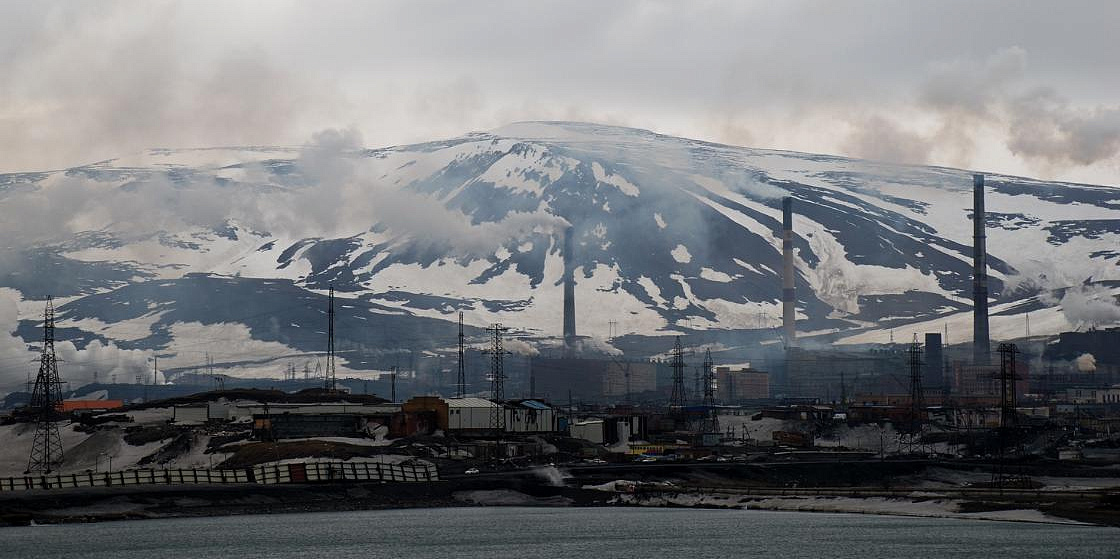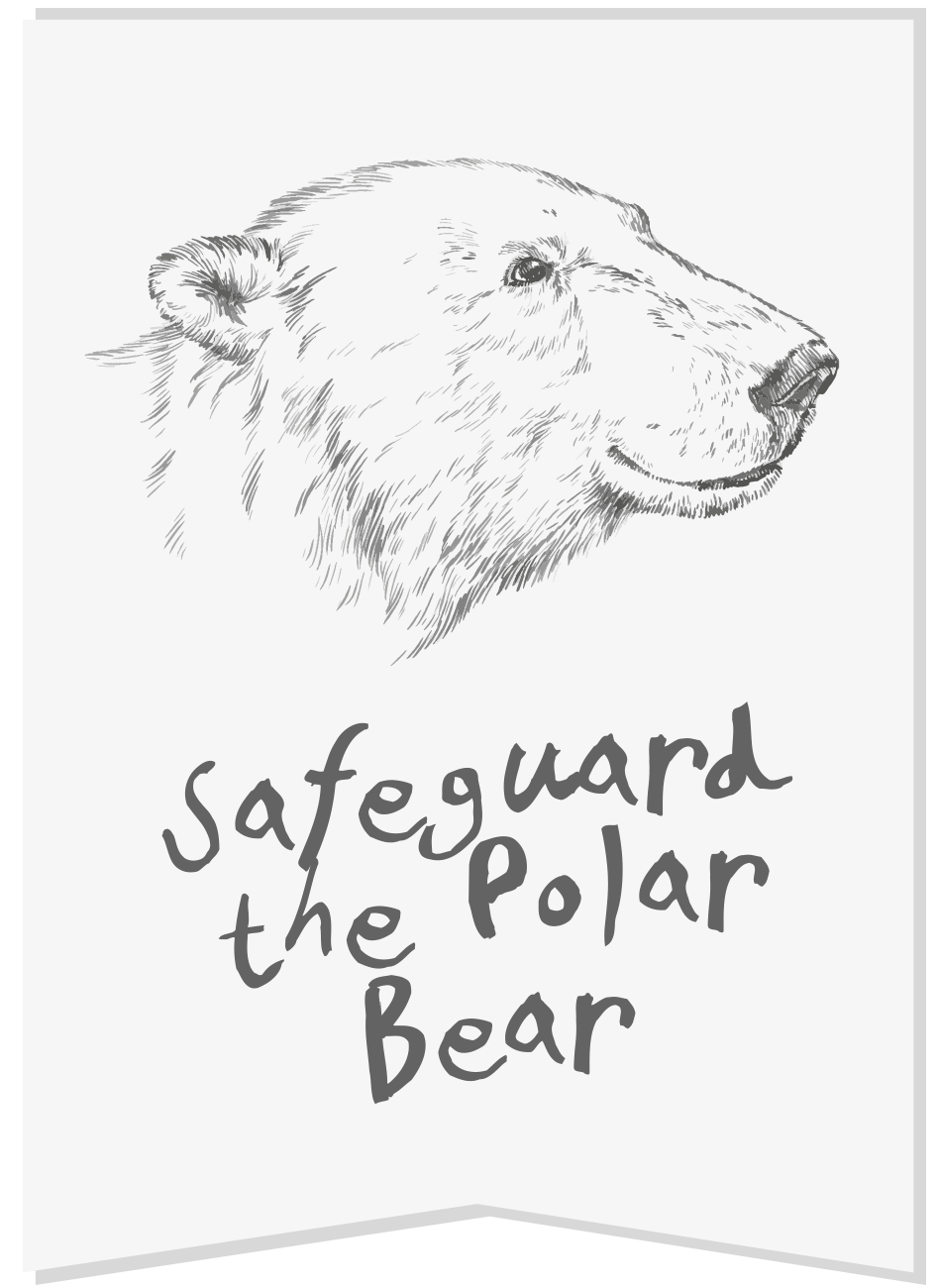
Photo: Nikitin Yaroslav/GeoPhoto.ru
Government Approves Norilsk Development Plan
The Government has defined the modalities of the Comprehensive Plan for Social and Economic Development of Norilsk until 2035. To meet the Plan’s ambitious objectives, an investment of around USD 1.6 billion will be required. About USD 326 million and 200 million respectively will be allocated by the Federal Government and regional authorities, while the rest of the sum is to be covered by big businesses operating in the region (mainly by Norilsk Nickel).
The Plan was formally approved by the Government on 10 December 2021. The Plan provides for the renovation of residential buildings, construction of new community facilities, landscaping, and modernization of the infrastructure of Norilsk, the world’s second largest city above the Arctic Circle with a population of some 183,000 people.
According to the Plan, more than 70 modern houses, two kindergartens, a school and a hospital will be constructed in Norilsk, while more than 40 collapsing buildings will be dismantled. Several historic buildings located in the downtown area will be restored to their former glory. The city infrastructure will be renovated, too, with the Plan providing for a massive overhaul of power lines and water systems. The Plan gives special attention to the measures to effectively prevent subsidence caused by the melting of permafrost through the use of ground freezing technologies.
The adoption of the Comprehensive Plan is a good example of how efficient the cooperation between the government and the corporate sector may be. The participation of big business in social initiatives opens the way for a meaningful and result-oriented dialogue focused on promoting sustainable development in the High North involving all parties concerned, such as the civic society, authorities, and businesspeople.
Arctic Today is a column by PORA CEO Alexander Stotskiy analyzing major international, national and regional events and trends in the Arctic.
The Plan was formally approved by the Government on 10 December 2021. The Plan provides for the renovation of residential buildings, construction of new community facilities, landscaping, and modernization of the infrastructure of Norilsk, the world’s second largest city above the Arctic Circle with a population of some 183,000 people.
According to the Plan, more than 70 modern houses, two kindergartens, a school and a hospital will be constructed in Norilsk, while more than 40 collapsing buildings will be dismantled. Several historic buildings located in the downtown area will be restored to their former glory. The city infrastructure will be renovated, too, with the Plan providing for a massive overhaul of power lines and water systems. The Plan gives special attention to the measures to effectively prevent subsidence caused by the melting of permafrost through the use of ground freezing technologies.
The adoption of the Comprehensive Plan is a good example of how efficient the cooperation between the government and the corporate sector may be. The participation of big business in social initiatives opens the way for a meaningful and result-oriented dialogue focused on promoting sustainable development in the High North involving all parties concerned, such as the civic society, authorities, and businesspeople.
Arctic Today is a column by PORA CEO Alexander Stotskiy analyzing major international, national and regional events and trends in the Arctic.
16 December 2021





